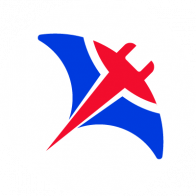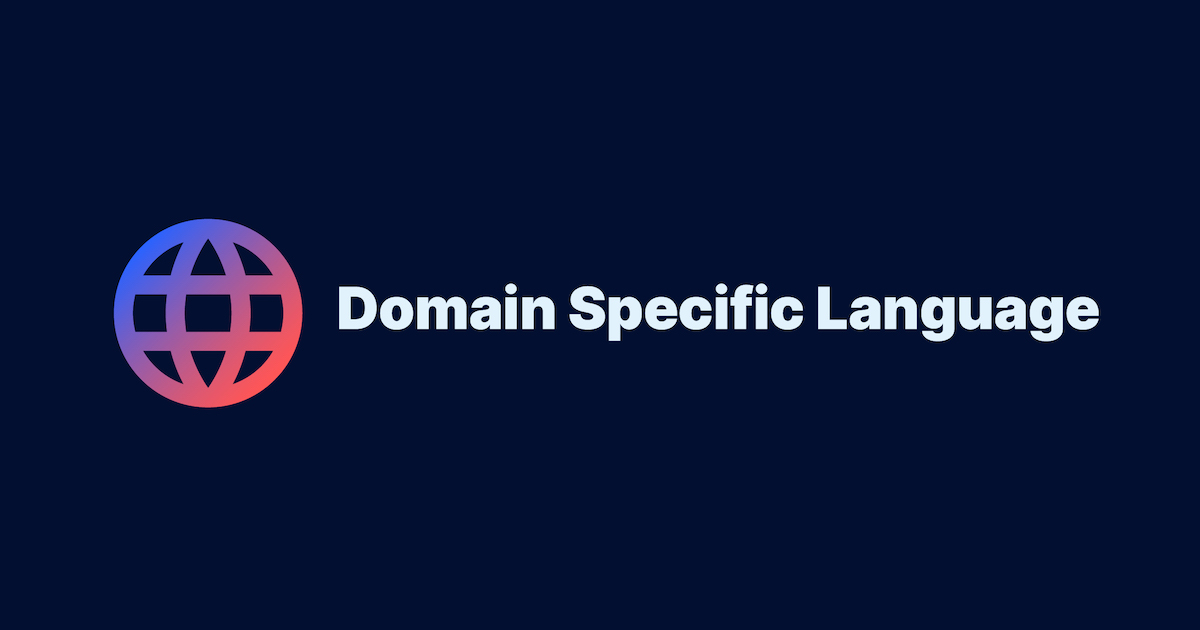About Us · Published January 6, 2022
We created a Rapid Application Development and Software Engineering DSL

techManta Architecture Team
The following blog is compiled jointly by the technical architects at techManta.
Domain-specific languages (DSLs) are languages tailored to a specific application domain. They offer substantial gains in expressiveness and ease of use compared with general purpose programming languages such as Java in their domain of application, and we created a DSL for application development.
DSL is hard, requiring both domain knowledge and language development expertise; we have both and that is what sets us apart as a Low Code technology company.

techManta Architecture Team
 techManta has Domain Expertise in Application Development & Language Development.
techManta has Domain Expertise in Application Development & Language Development.
DSLs trade generality for expressiveness in a limited domain. By providing notations and constructs tailored toward a particular application domain, they offer substantial gains in expressiveness and ease of use compared with GPLs for the domain in question, with corresponding gains in productivity and reduced maintenance costs. Also, by reducing the amount of domain and programming expertise needed, DSLs open up their application domain to a larger group of software developers compared to GPLs (General Purpose Programming Language).
We developed our own language and supported it over multiple editors, and at some point in time we plan to include support on web browers such as Google Chrome/ Safari/ Firefox. DSL and LSP (Language Server Protocol) is what helps us leapfrog the competition as a genuine Low-Code platform.

techManta Architecture Team
LSP For DSL : Language Server Protocol
The DSL Advantage
Appropriate or established domain-specific notations are usually beyond the limited user-definable operator notation offered by GPLs. A DSL offers appropriate domain-specific notations from the start. Their importance should not be underestimated as they are directly related to the productivity improvement associated with the use of DSLs.
Appropriate domain-specific constructs and abstractions cannot always be mapped in a straightforward way to functions or objects that can be put in a library. Traversals, access, intersection, projections, and error handling are typical examples
Unlike GPLs (General Programming Languages), DSLs need not be executable. Our platform interprets our own DSL for all kinds of Application Development.

techManta Architecture Team
The most basic example of a DSL could be a ‘Macro’ on a Microsoft Excel Workbook. HTML could loosely be coined as a DSL too although it is now accepted as a Markup syntax. The DSL developed by us is far more sophisticated in features and capabilities.
DSL Enables Reuse
The importance of DSLs can also be appreciated from a wider perspective of the construction of large software systems. In this context, the primary contribution of DSLs is to enable the reuse of software artefacts. Among the types of artefacts that can be reused via DSLs are language grammars, source code, software designs, and domain abstractions. This too provides us a distinct advantage as a Low-Code platform. Businesses are going to benefit greatly from our platform and consulting as a cloud technology team. Do not forget to check out our ‘Cloud Technology Team’ service offering.
Learn More : techManta Services - Cloud Technology Team